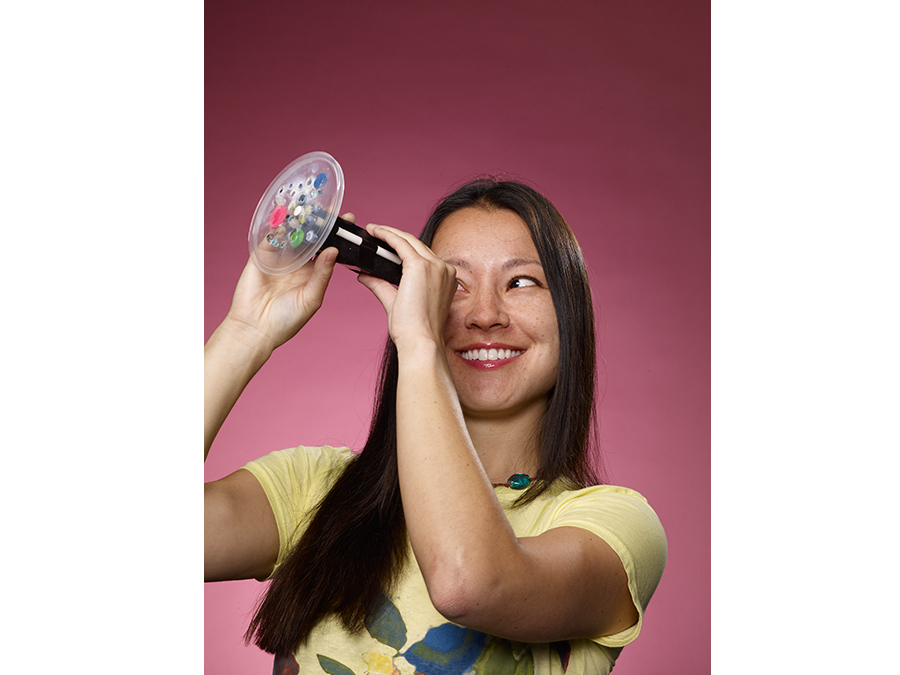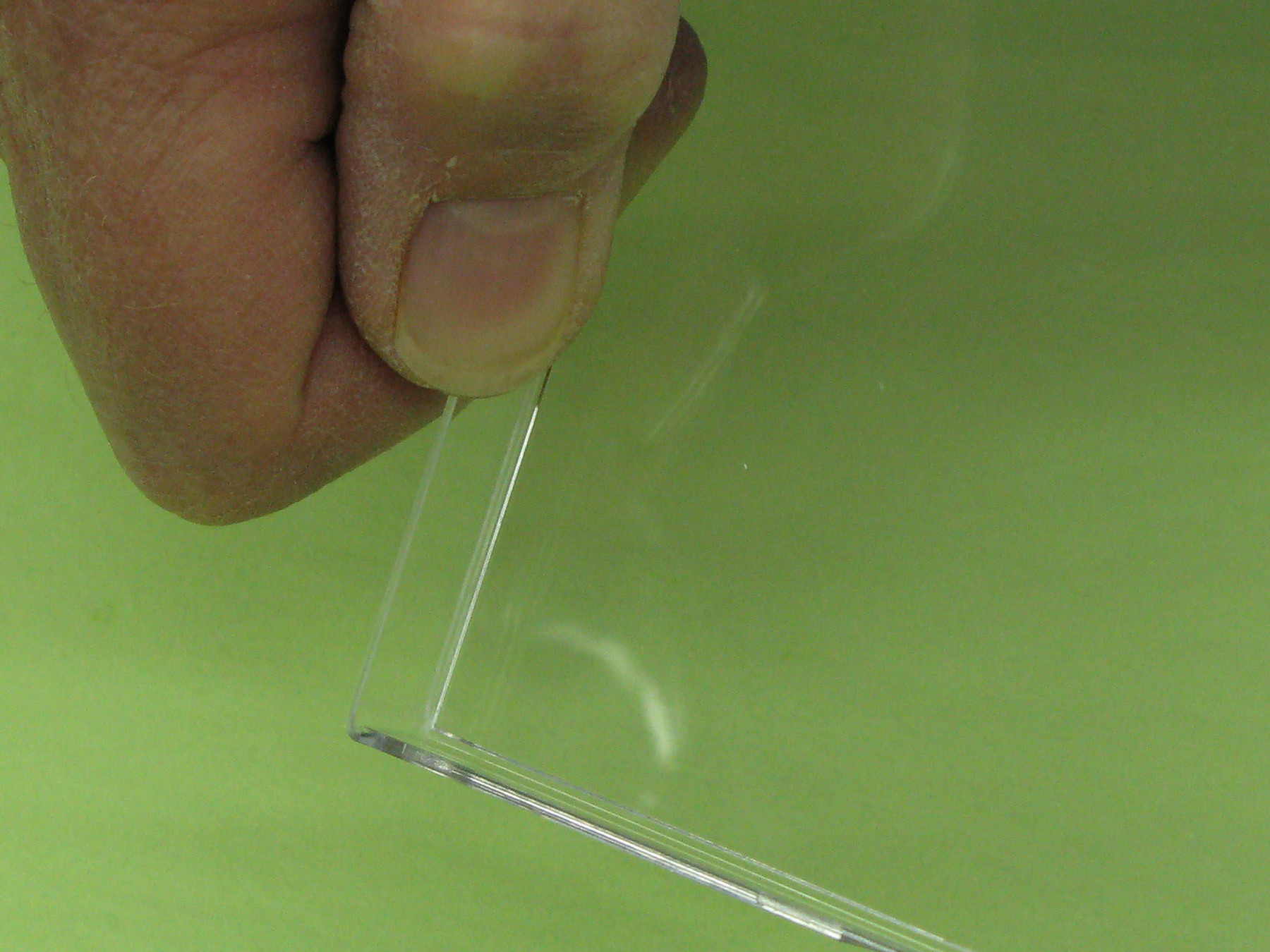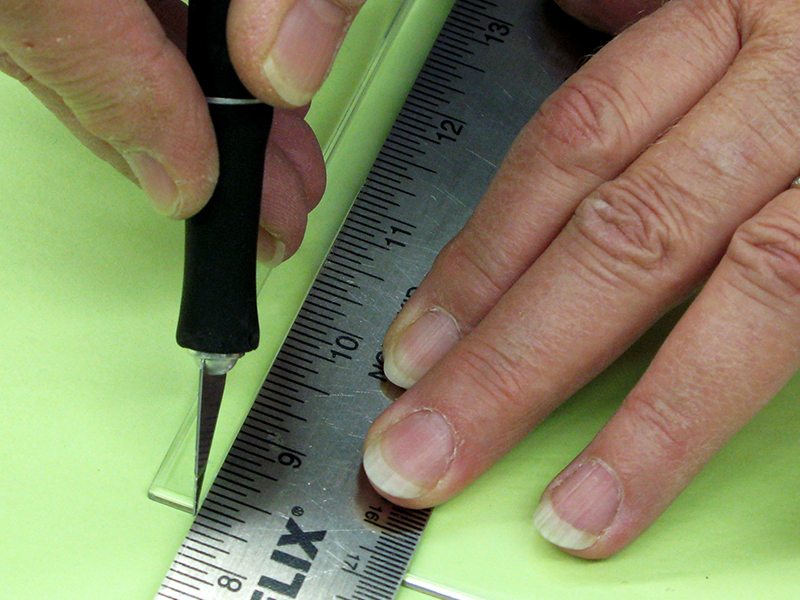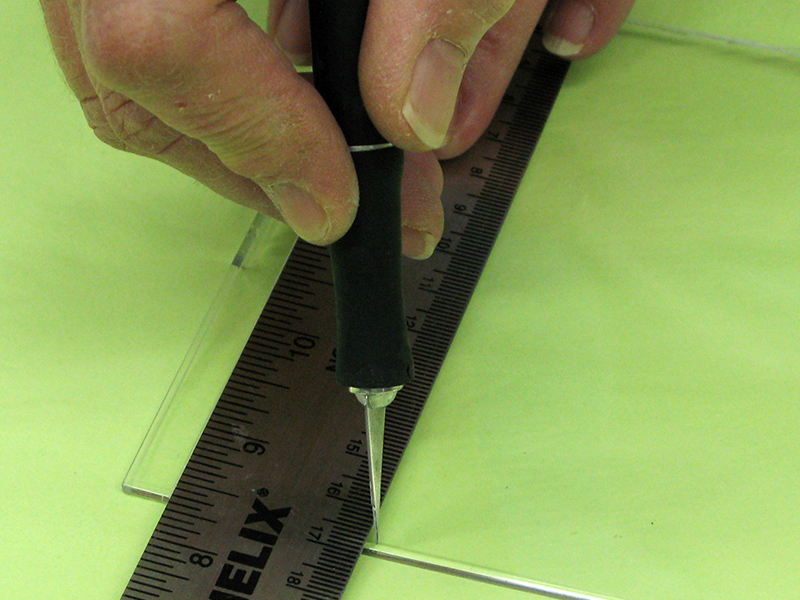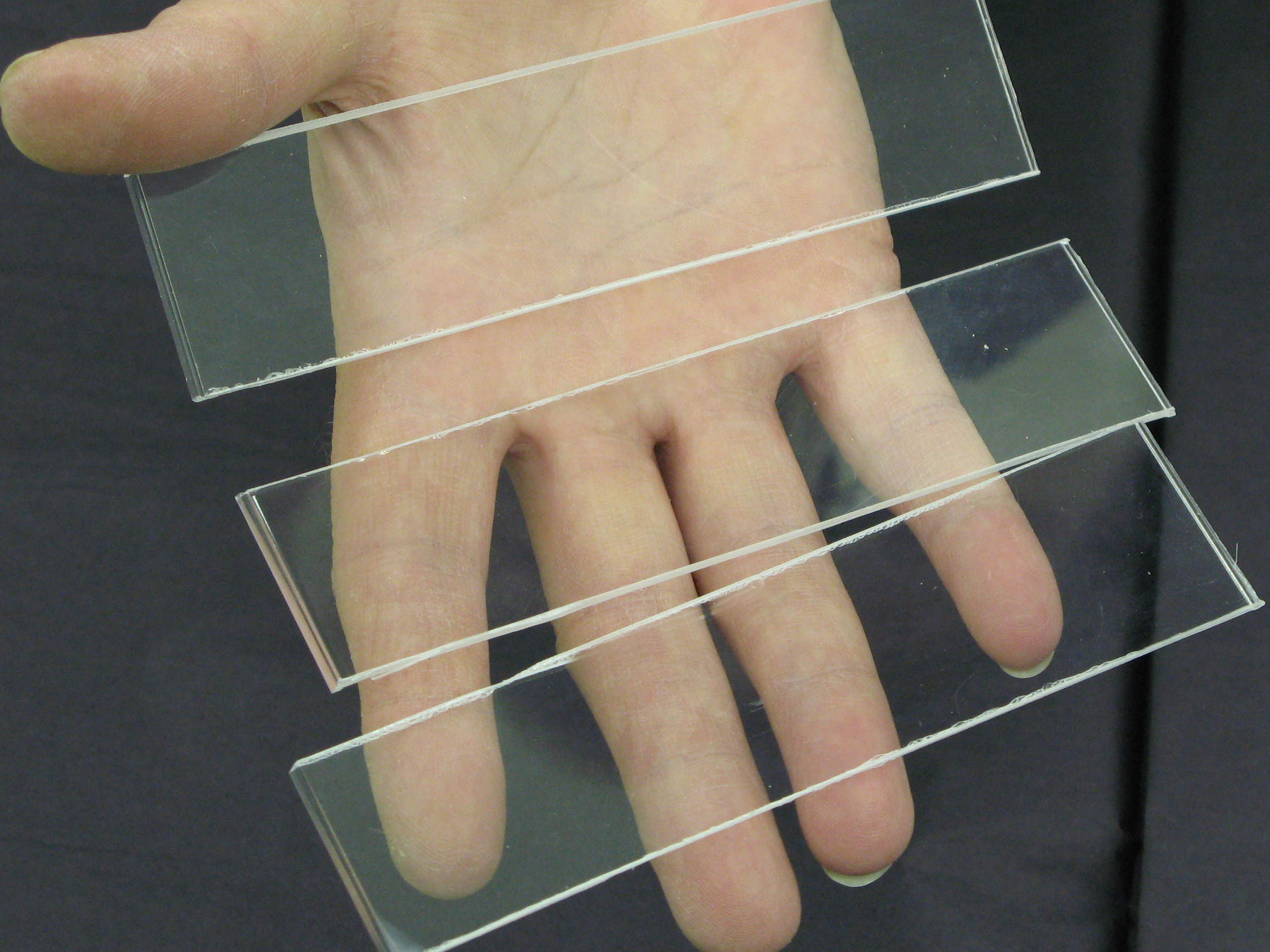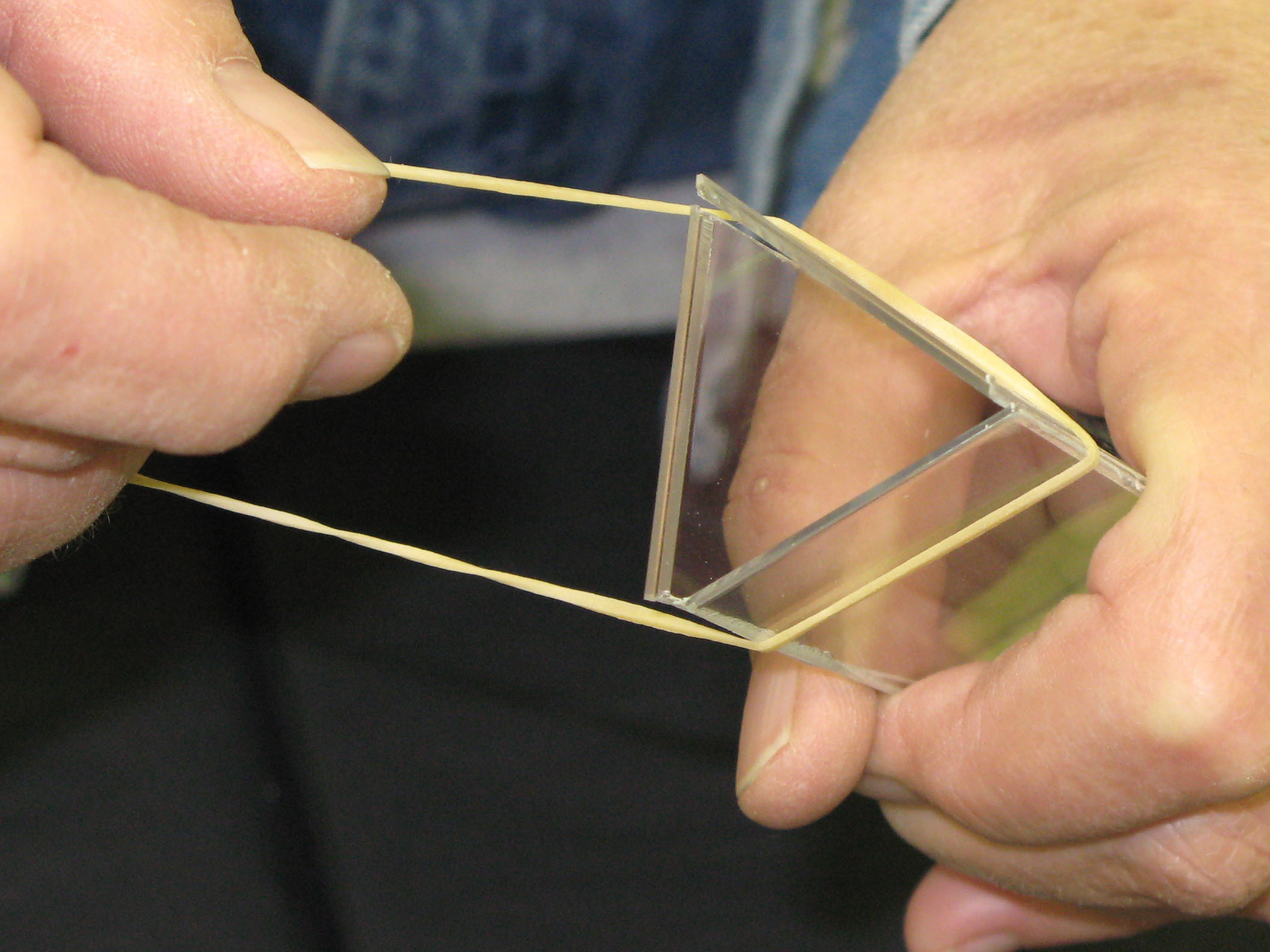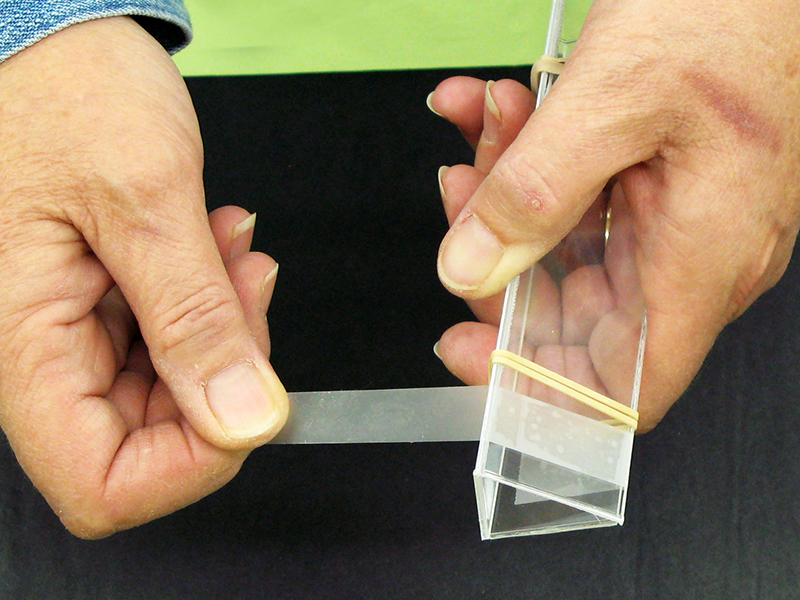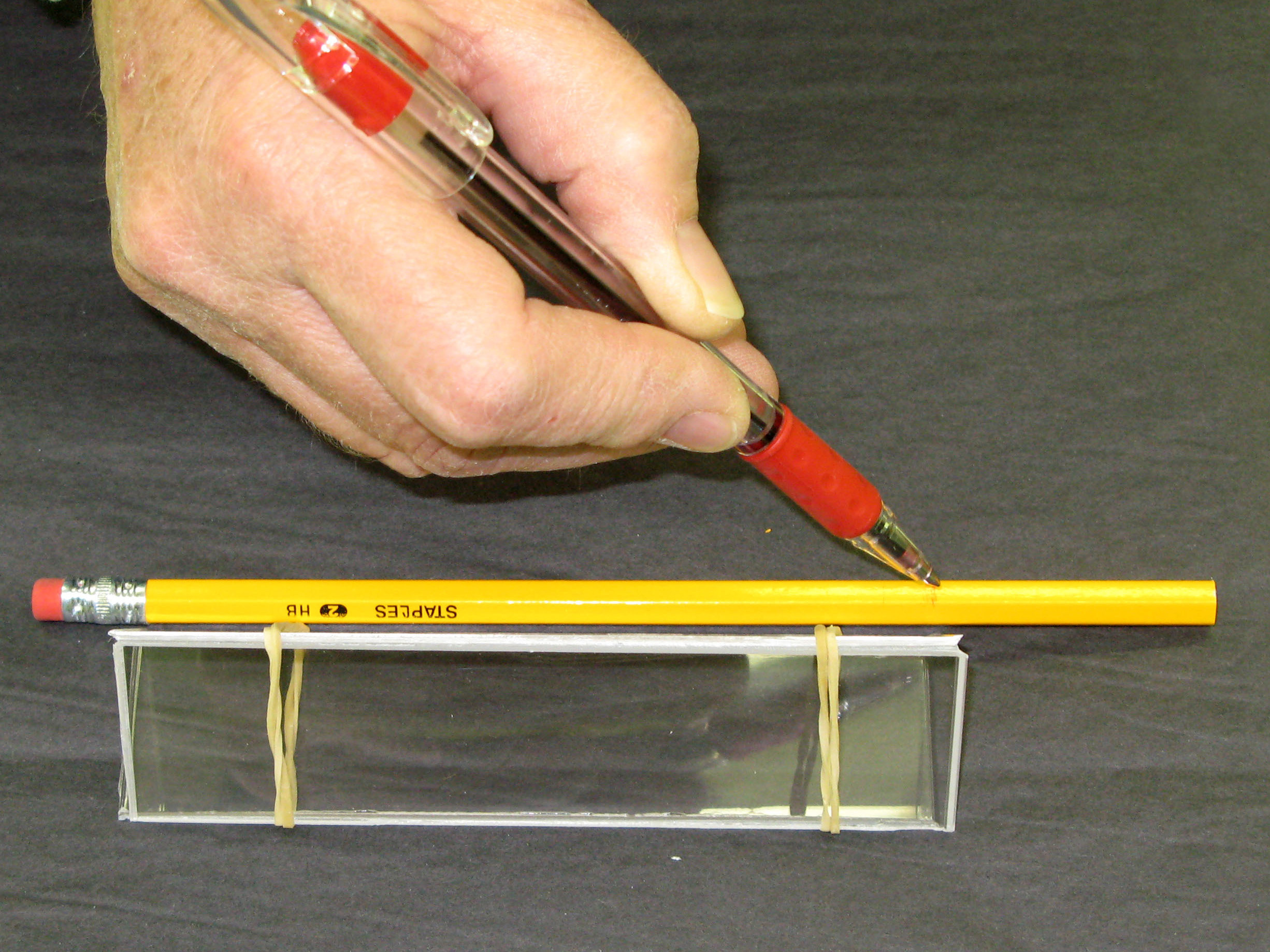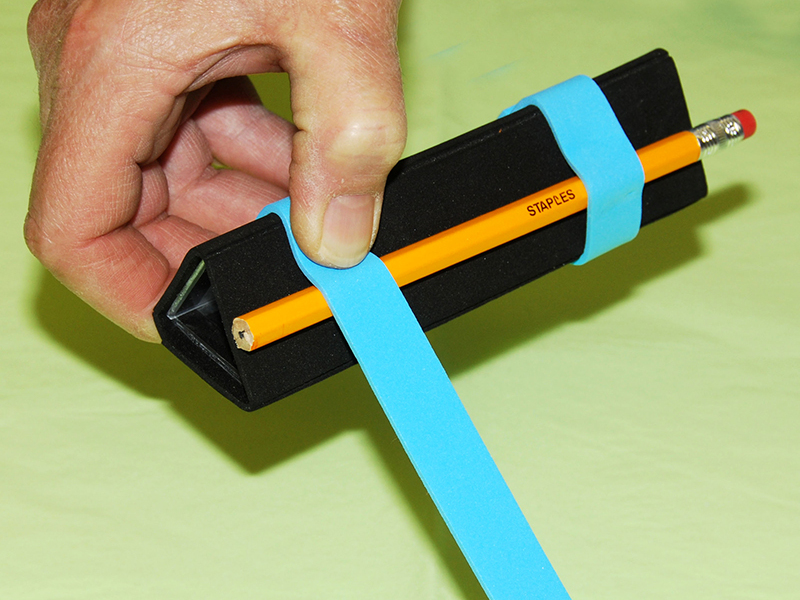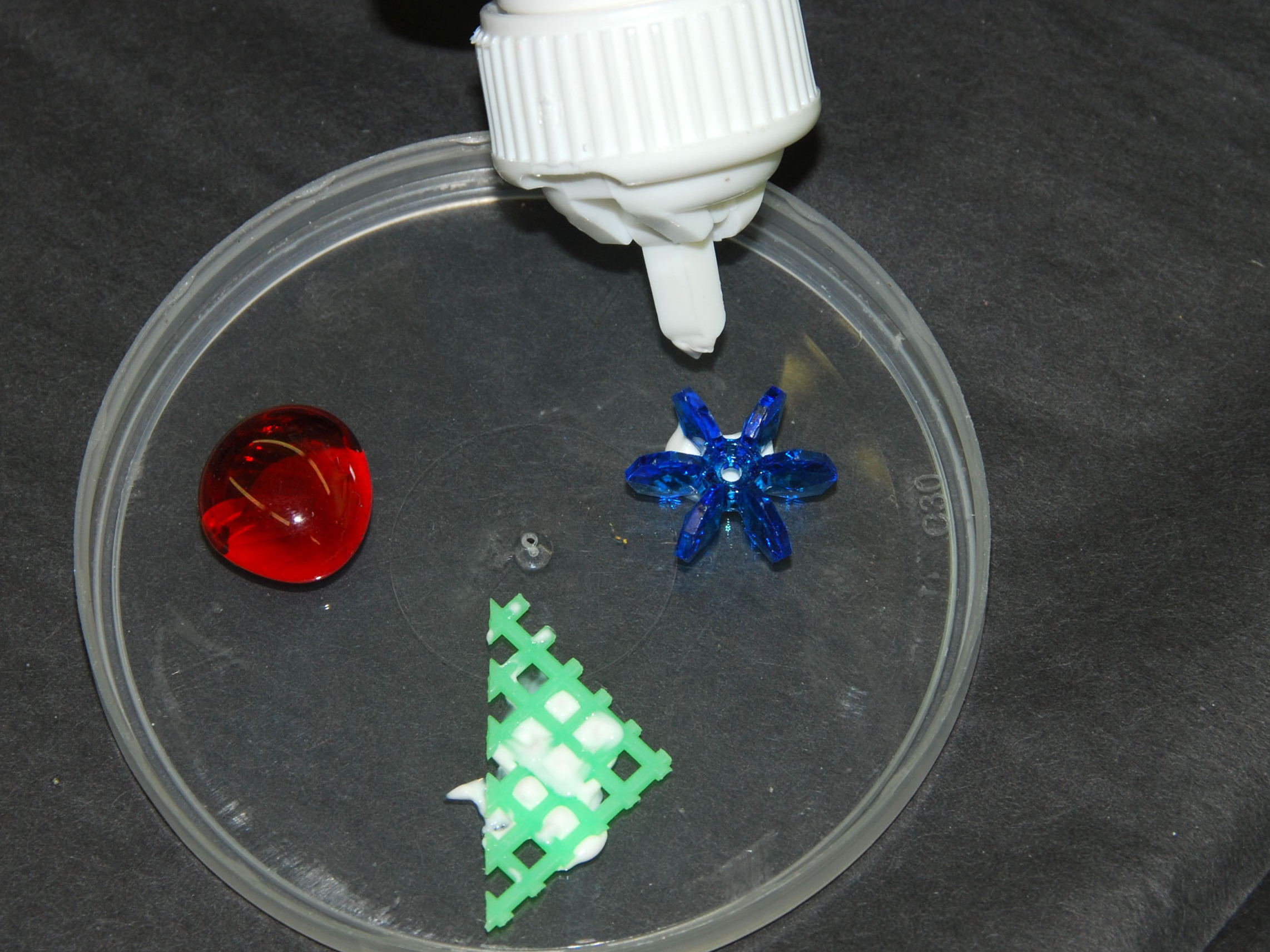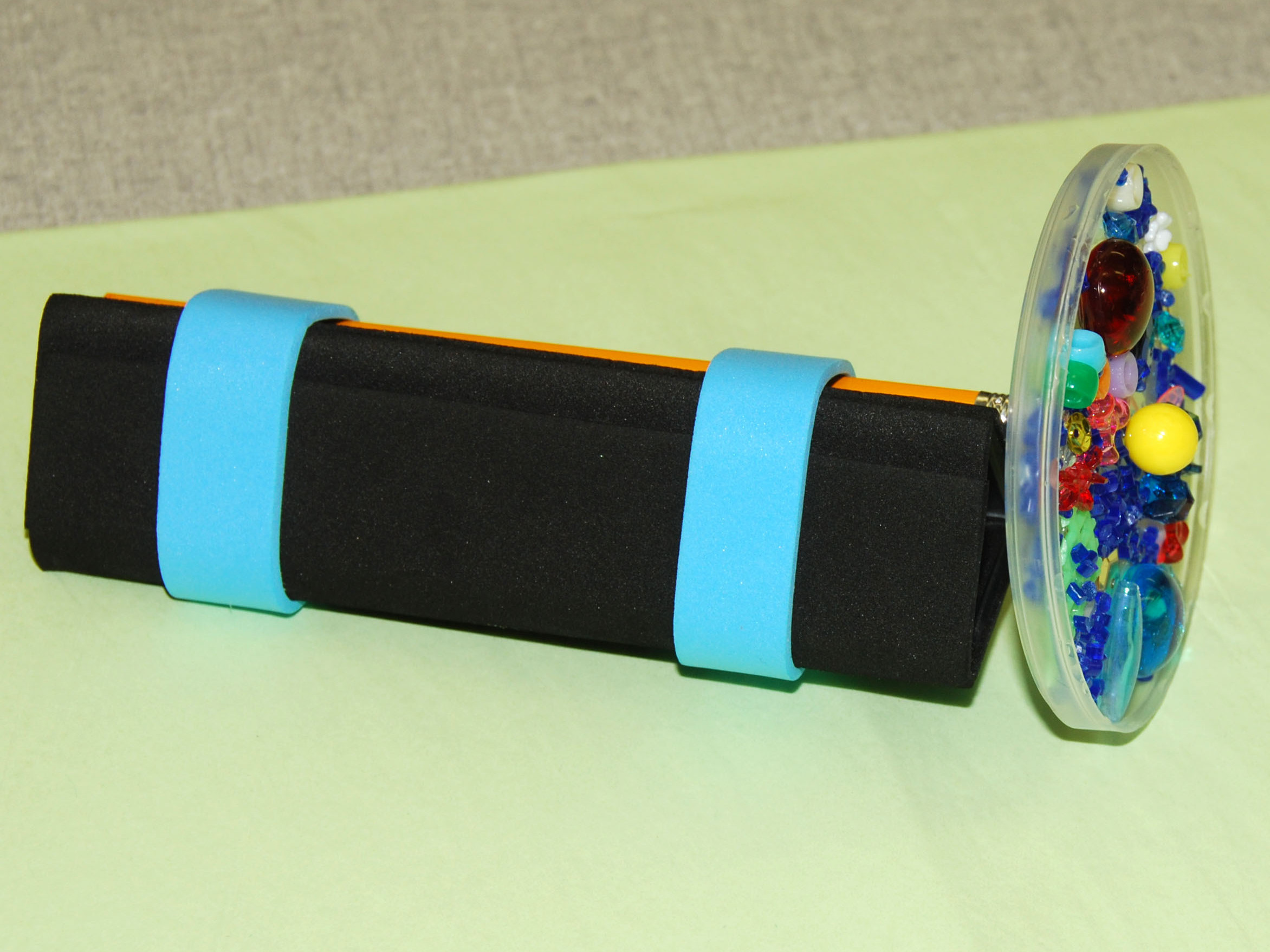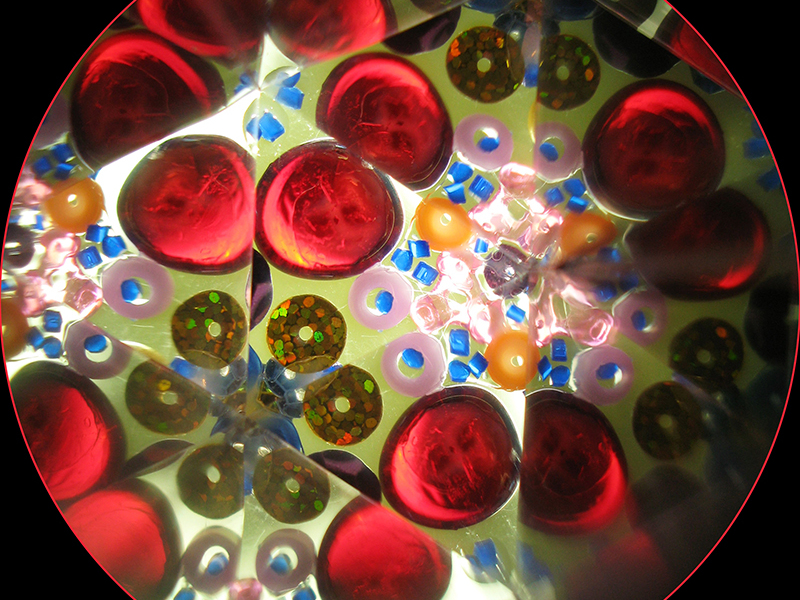The kaleidoscope was invented in 1816 by a Scottish physicist named Sir David Brewster, and it has intrigued people of all ages ever since. Through the years, kaleidoscopes have been made of nearly every possible material. Now it’s time to take the kaleidoscope green. Here’s a simple one you can create from recycled materials and common household items. For the mirror elements, we’ll use pieces of an old “jewel box” CD case backed with black paper or neoprene.
